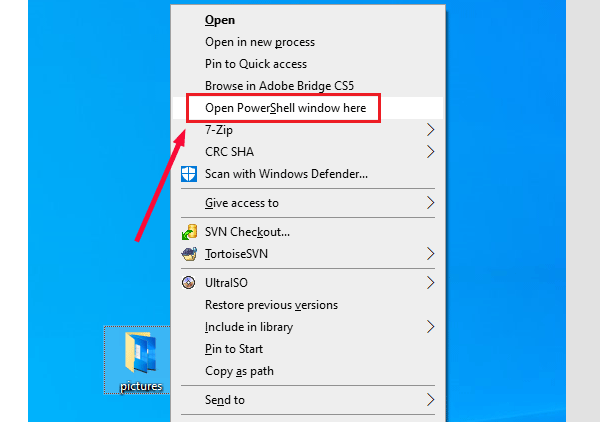
Note: Confirm in steps 3-4 that you have included invocation headers. Double-click Turn on PowerShell Script Block Logging and set it to Enabled.Put an asterisk ( *) in the Module Names box. Double-click Turn on Module Logging and set it to Enabled.
#POWERSHELL WINDOW WINDOWS#
On the left-hand side of the Local Group Policy Editor, navigate to Computer Configuration > Administrative Templates > Windows Components > Windows PowerShell.Note: This must be done on a Domain Controller unless the Server is a standalone. This will open the Local Group Policy Editor. Open Command Prompt, type gpedit, and press the Enter/Return key.

If you have concerns or issues, consult your Windows Administrator or Microsoft TechNet articles for the most up-to-date information on Windows logging configurations and specific best practices. There may be variations in necessary steps depending on your version. Note: The following steps are provided as general guidance when using an Amazon Web Services instance template with Windows Server 2019. This information will be sent to Alert Logic unencrypted. Note: PowerShell logs can often contain sensitive information like passwords.


Thus, Alert Logic recommends enabling Windows PowerShell logging. There are some versions of Windows that the Alert Logic agent will be able to collect these event log types from however, they may not provide enough verbosity or have all recommended log streams. Without enabling PowerShell-specific logging, the only attacks Alert Logic can investigate are those that pass the entire script as a command line argument, assuming command line logging is enabled.Įnabling PowerShell-specific logging provides Alert Logic with the specific modules and script blocks that are leveraged regardless of how PowerShell or a malicious script is executed. A significant portion of modern exploits - often those utilized by ransomware actors - leverage PowerShell scripts in the exploit chain.


 0 kommentar(er)
0 kommentar(er)
